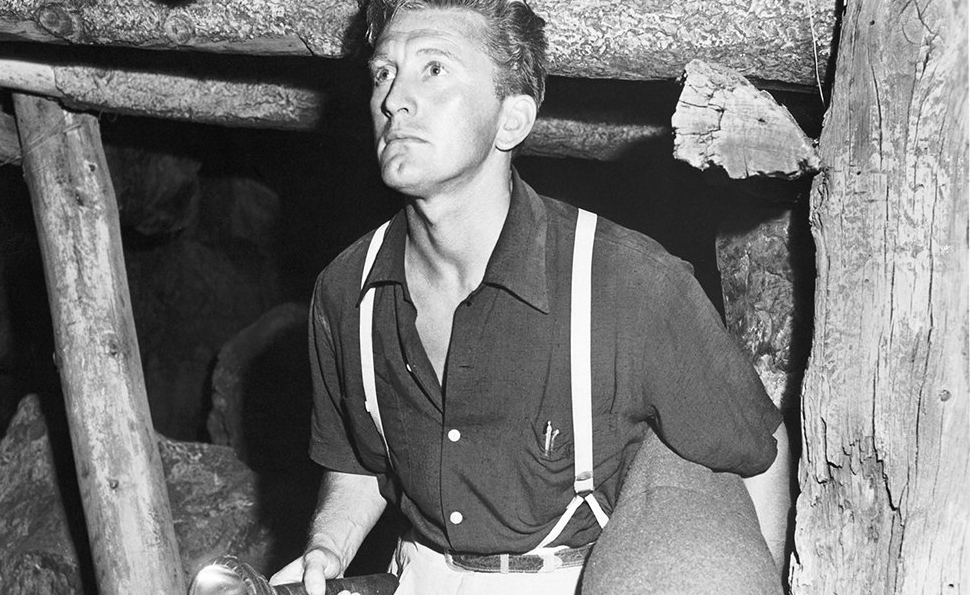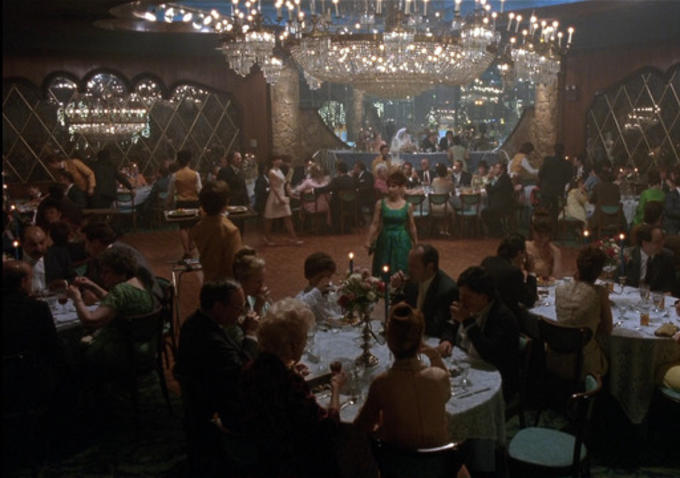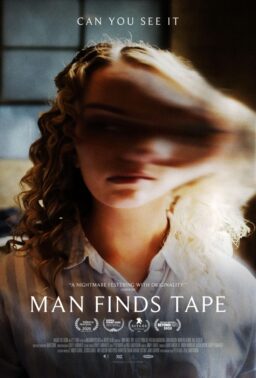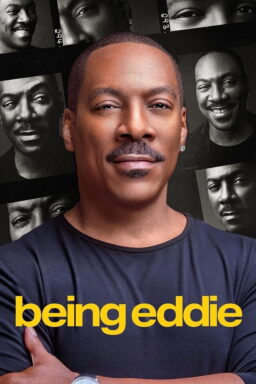1.
“What Mise-en-scène Is and Why it Matters“: Indiewire‘s A.D. Jameson pens an essential piece on an overused and often misunderstood term.
“Let’s say you’re making a film, shooting a scene on a
busy street. The camera sees only so much of that street, but you, being there,
can see the whole thing (and the actors can see the whole thing, which
presumably influences their performances). Where does the mise-en-scène
begin and where does it end? What’s more, a lot of what you shoot won’t end up
in the film—parts of takes, and perhaps even whole takes (what we today call ‘deleted
scenes’), will end up on the cutting room floor, or in some separate portion of
a hard drive. What happens to the mise-en-scène of those images? This is
why mise-en-scène isn’t really a production term— as Astruc had already
noted by 1959, it’s not something that filmmakers talk about when they’re
shooting (267). Instead, it’s a critic’s term, referring to the content of
shots that appear in the finished film. And since it refers to the content of
the shot, then it also must refer to camera movements, since panning and
tracking changes the shot’s content. (The famous long take in ‘Goodfellas’ that follows Henry Hill
and his date as they enter the Copacabana via the kitchen features more than
one setting, as well as numerous actors, props, costumes, and so on.)”
2.

“Why Naked Dating Reality Show Pitches Are Flooding Hollywood“: TheWrap‘s Jethro Nededog studies the reasons behind TV’s latest eye-popping trend. Related: Ann Oldenburg of USA Today interviews various participants of hit shows such as “Naked and Afraid.” See also: The Washington Post‘s Emily Yahr asks, “So, how do nudists feel about this whole ‘naked reality show’ trend?“
“VH1 was the first to have the cojones to greenlight a naked dating show here in the U.S. ‘‘Dating Naked’ was a pitch that I bought basically on my first day in the office,’ VH1’s executive vice president of original programming and production, Susan Levison, told TheWrap. VH1 will blur out the frontal nudity, though not the rear-end stuff. ‘Naked and Afraid’ uses the same delicate judgment over private parts. At the time, Levison said that it was the first naked series pitch that she had heard. But that has changed since she ordered it. ‘Yes, I’ve definitely seen a trend of naked-themed shows,’ Levison said. ‘That’s why we were so keen on piloting ours quickly and getting it onto the air. We felt that we’re really on to something here, and you obviously always want to be the first one in. I think we are going to be able to achieve that.’”
3.

“How to Tell You’re a Woman in a Michael Bay Film“: Vulture‘s Kyle Buchanan breaks down the shamelessly sexist clichés of the “Transformers” director’s distinctively trashy cinema.
“7.
You’ll probably be called a b—ch at some point.
You did
everything your Michael Bay movie asked of you. You ran around wearing a fake
tan, precipitous heels, and a slinky white dress! You hid behind a wall and
screamed the name of your male lead repeatedly! You bent over any waist-high
object you could find, curving your curves just so! Congratulations. For your
reward, a two-foot-tall robot will deem you “hot but [not] too
bright” and call you a “crazy b—ch”
in a four-quadrant movie that many families will see and laugh at together.
Enjoy!”
4.

“How Brando Broke the Movies“: At The Atlantic, author Tom Shone argues that Hollywood never recovered from the acting icon’s game-changing transformations.
“Straight out of the gate, he played a paraplegic (in ‘The Men,’ 1950), a Polish factory
salesman (‘A Streetcar Named Desire,’
1951), a Mexican revolutionary (‘Viva Zapata!,’ 1952), a Roman general (‘Julius Caesar,’ 1953), and a biker (‘The Wild One,’ 1953)—a remarkable,
radar-jamming zigzag across the field that left the star system looking as
fixed and faded as the stars once painted onto the ceiling of the Sistine
Chapel. That zigzag is now standard course for the modern movie-star
changeling, flattered for ‘disappearing’ into roles by everyone—studio heads,
casting agents, publicists, magazine writers, even critics—except the general
public, which gives no sign that its conception of the stars has moved an inch.
Instead, chameleonism has become its own form of marquee spectacle: come see
the stars transform. We don’t go to the movies anymore to be convinced. We go
to be tricked—to admire acting as a kind of special effect. Watching Christian
Bale, with a bloated belly and a thick Brooklyn accent, flop around in a
comb-over in ‘American Hustle,’
we must, for the performance to succeed, at the same time hold in our minds the
idea of Christian Bale as we know him: a handsome Englishman who has also
portrayed Bruce Wayne. As with trompe l’oeil, the trick must work but not work,
simultaneously.”
5.

“Ben Franklin Goes to ‘Transformers’: A Thought Experiment“: Grantland‘s Claire L. Evans envisions how the historical icon would react to Michael Bay’s latest bombastic blockbuster.
“To understand the future, you can’t just be transported into it without reference. It would be meaningless and terrifying chaos. A man born in 1706 is no less neurologically equipped than I am to operate an iPad or watch a ‘Transformers’movie, but his lack of familiarity with the incremental developments in technology that led to such things would be insurmountable. Most science fiction never alienates us in this way, because it tends to have an extrapolative quality: We recognize elements of the present day, strung through a speculative future to some strange conclusion. We see the similarities and infer the differences, our natural aptitude for pattern recognition leading us briskly to the relevant discontinuities. Good science fiction transports us, trailing crumbs of context along the way.”
Image of the Day

The Dissolve‘s Scott Tobias analyzes Billy Wilder’s 1951 masterpiece, “Ace In The Hole” starring Kirk Douglas, claiming that it represents “the director at his darkest.”
Video of the Day
Dorkly.com spotlights a fan-made animated short that is the “closest thing we’ll get to a Star Wars anime.”












